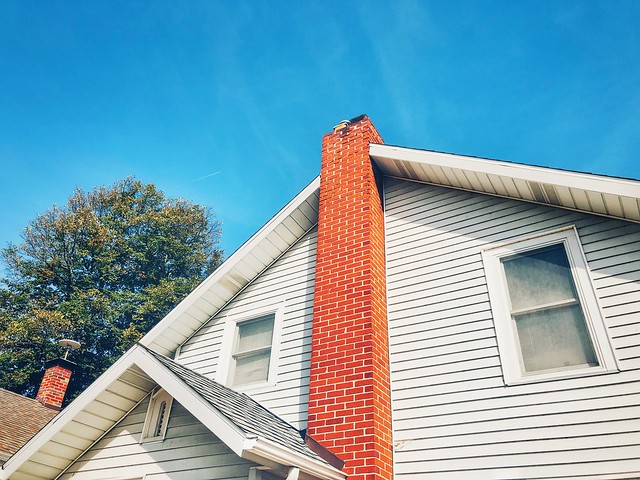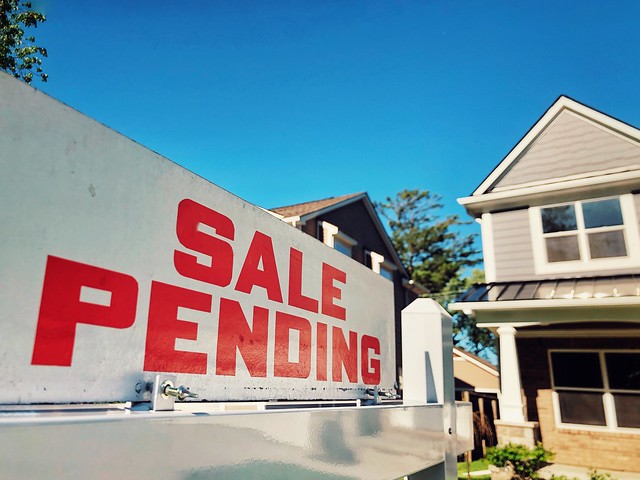Access to credit isn’t fixed. There are times when it’s easier for a borrower to get approved for a loan and times when it’s more difficult. That’s why the Mortgage Bankers Association keeps a monthly measure of mortgage credit availability. Its Mortgage Credit Availability Index measures whether or not lending standards are loosening or tightening. If the index increases, it means standards have loosened, making it easier for borrowers to secure financing. If it decreases, standards have tightened and borrowers will have to be better financially prepared if they hope to be approved for a loan. In August, the index saw a slight increase, rising 0.3 percent from the month before. According to Joel Kan, MBA’s vice president and chief economist, the improvement was driven by an increase in loan programs. “The overall increase was driven by an increased number of loan programs that included parameters such as cash-out refinances and mid-range credit scores,” Kan said. It was also driven by gains in the component measuring jumbo loans. The jumbo MCAI was up 2.7 percent over the month before. (source)













